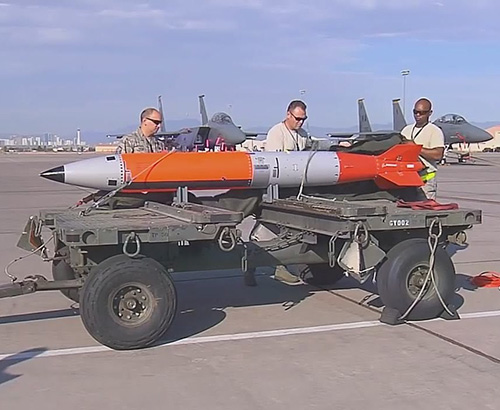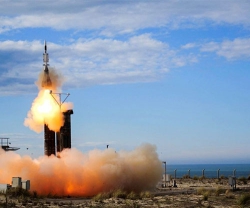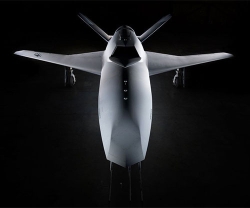The US Air Force and National Nuclear Security Administration (NNSA) said it had completed its final review of a powerful weapon based on the B61s and outlined the next steps to revamp several types of nukes, Fox News reported.
The United States military will soon be able to slip undetected through enemy surveillance in stealth bombers and fighter jets to launch a devastating strike anywhere on the planet if need be.
Dubbed the B61-12 gravity bomb (photo), the new nuclear weapon is expected to start production in 2020.
The U.S. nuclear weapons arsenal has been aging. The search for solutions has been long and exhaustive, and our military experts decided to focus on the B61s, with the aim to “extend their life” for another 30 years.
The B61-12 will arm aircraft like the iconic B-2 Bomber. The B-2 has such remarkable stealth that it can penetrate deep into enemy territory without detection, and attack heavily fortified and defended targets.
When the advanced stealth of American aircraft like the B-2 and F-35 fighter jet is combined with these new modernized nukes, it is an undeniably powerful combination. It certainly sends a message to enemy forces that nowhere is safe from the reach of U.S. military might.
The B61-12 will be the solution to provide a 30-year life extension for some of the aging nuclear weapons. One of the primary goals had been to consolidate four existing versions of nuclear bombs into one upgraded one. The bombs in the lineup for the “life-extension” process are the B61-3, -4, -7 and -10.
By harnessing the latest advances in precision guidance tech and incorporating it into the bomb makeover, the military should gain a weapon with enhanced precision. It will be low yield and, in terms of war planning, more versatile against a range of threats.
In terms of other military war planning gains, the upgrade would also most likely enhance how effective the weapon would be. For example, say the enemy military and political commands were conducting attacks against U.S. home soil thinking they were safe and snug beyond U.S. reach in underground bunkers.
In part due to the modern guidance systems, some experts believe these modernized nukes will make those bunkers just as vulnerable to – and within reach of – U.S. strikes as if the hostile country’s leadership was orchestrating attacks against Americans from a straw hut above ground.
The modifications are expected to provide a number of additional advantages. For starters, the aim is for the new bomb to cause less radioactive fallout, which is unquestionably a good idea.
Another vital change would be collateral damage.
If the unthinkable were to happen and a nuclear bomb was dispatched, then the new enhanced accuracy should also aid in reducing collateral damage as compared to current variants.






















